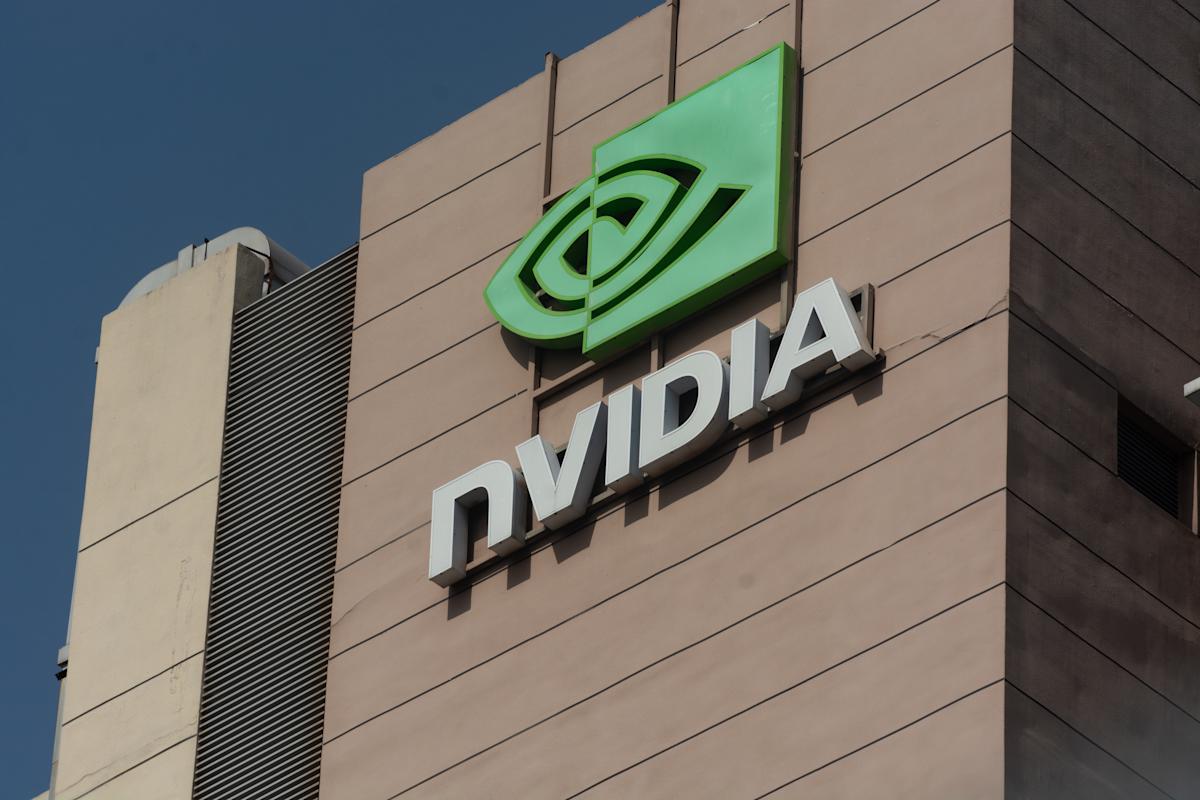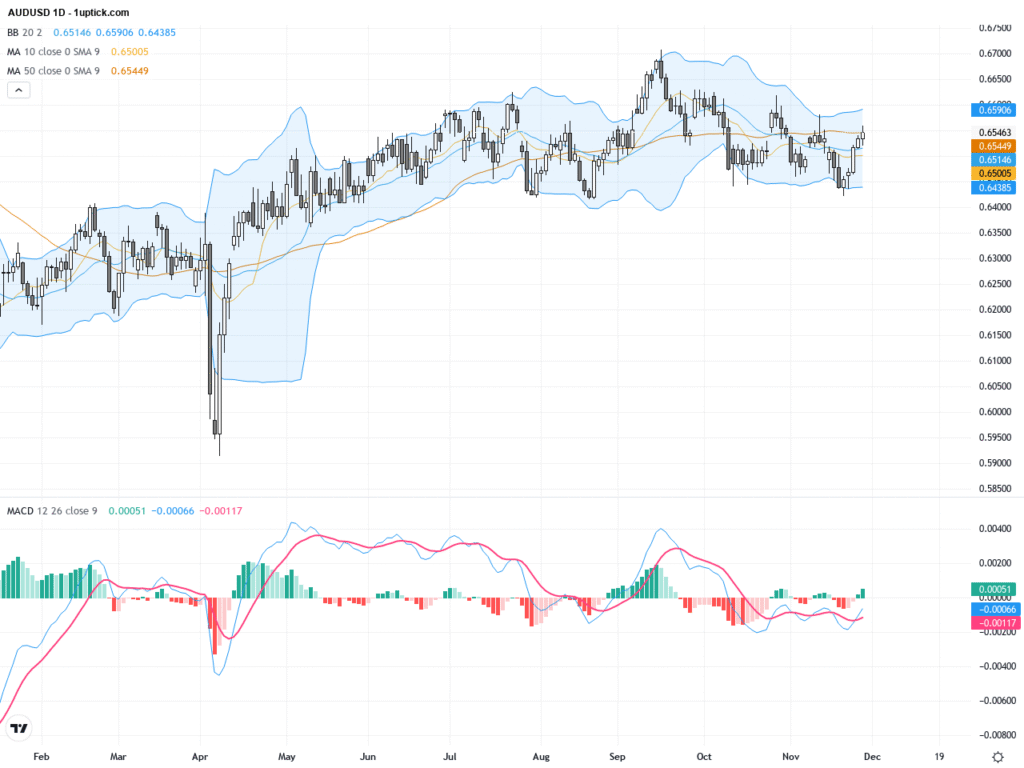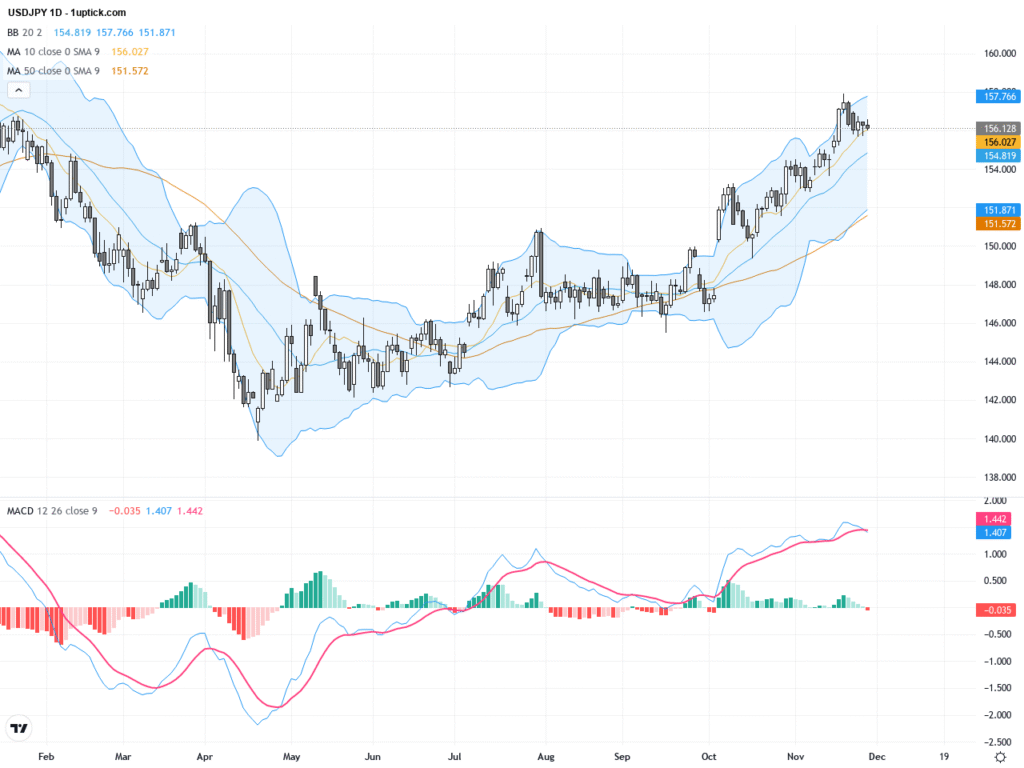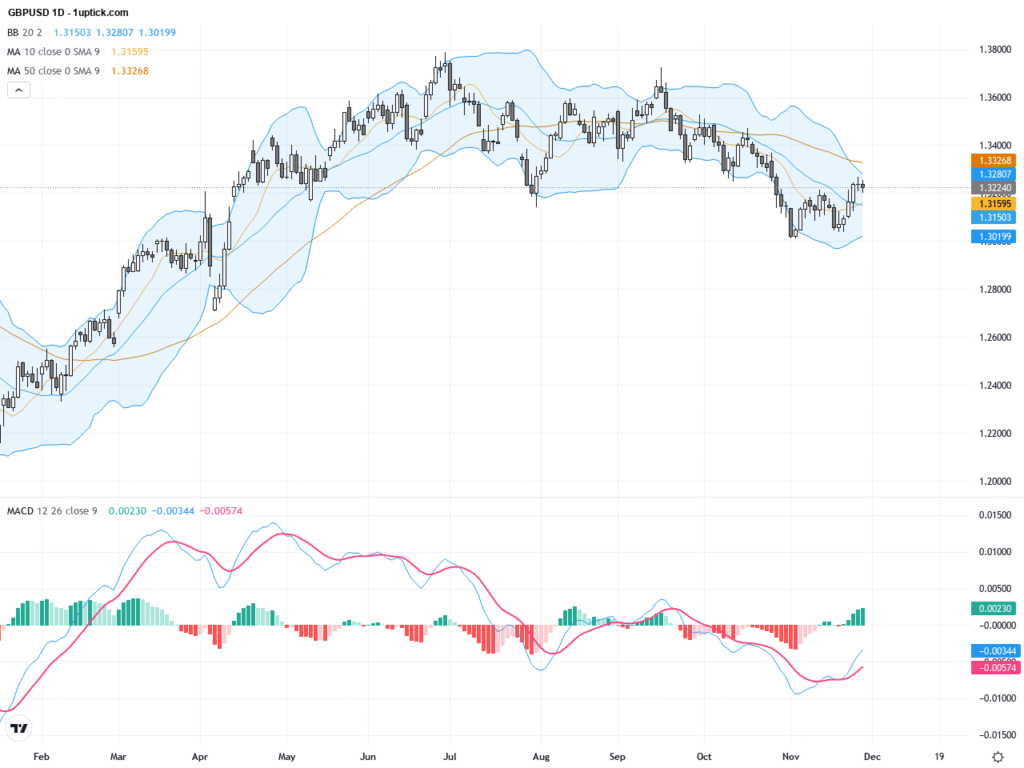 |
| Gold V.1.3.1 signal Telegram Channel (English) |

Nvidia Blackwell B30: Driving China’s AI Progress Amid U.S. Export Restrictions and Global Tech Rivalry
2025-08-25 @ 14:00
Nvidia’s Blackwell B30: Powering China’s AI Ambitions Amid Global Tensions
The international tech landscape is evolving rapidly, and nowhere is this more evident than in the world of advanced GPUs. Nvidia, the undisputed leader in AI hardware, has announced a significant move: the introduction of the Blackwell B30 chip—custom-engineered for the Chinese market. Amid tightening U.S. export restrictions and fierce global competition for AI dominance, this new chip signals both a technological leap and a shifting geopolitical balance in the AI industry.
What Is the Blackwell Architecture?
Nvidia’s Blackwell architecture represents a generational leap in accelerated computing, targeting the explosive demands of generative AI, large-scale data analytics, and high-fidelity simulations. Named after renowned statistician David Blackwell, the Blackwell series is designed to replace the previous Hopper architecture, bringing unprecedented performance and efficiency to enterprise workloads.
The standard Blackwell GPU boasts a staggering 208 billion transistors—almost three times more than its predecessor. It uses an innovative dual-die design, enabling massive parallel processing without the size and power limitations of a traditional single-die chip. This architecture allows Nvidia to push AI performance, model training, and simulation capabilities far beyond what was previously possible.
To put its capabilities in context, the Blackwell chips enable processing for trillion-parameter scale AI models—tasks that are the backbone of next-generation generative AI, such as large language models and advanced data analytics. The chip’s parallel processing and cutting-edge features—like support for new, even lower-precision floating-point operations—unlock substantial speed and energy efficiency gains in everything from AI inferencing to high-performance computing.
Introducing the China-Specific B30 GPU
The latest development is Nvidia’s unveiling of the Blackwell B30, a version of the Blackwell chip tailored for the Chinese market. This move comes in response to escalating export controls by the U.S. government, which aim to restrict China’s access to the most cutting-edge AI hardware for strategic and security reasons.
The B30 chip is engineered to comply with new regulations, offering roughly 80% of the performance of the standard Blackwell GPU. This deliberate limitation is not merely technical but strategic: it allows Nvidia to maintain access to a massive and lucrative Chinese market without violating U.S. export laws. By throttling the top-end power, Nvidia hopes to thread the needle between government compliance and business opportunity.
Tech Differences and Capabilities
Despite being dialed back, the B30 still delivers formidable processing power. It leverages the majority of the Blackwell architecture’s innovations, including high-speed interconnects for multi-GPU scaling and support for accelerated AI and data workloads. For most enterprise and research applications, the 80% performance mark still places the B30 well ahead of previous-generation chips and competing offerings available in China.
For AI-centric industries—like autonomous vehicles, advanced manufacturing, cloud data centers, and large-scale simulation—the B30 promises to keep Chinese companies on the global playing field, even if they lack the absolute leading edge. It is especially impactful for training large-scale AI models and handling complex workloads in sectors ranging from finance to healthcare.
The Geopolitics Behind the Chip
The launch of the B30 comes amid a tense economic and technological standoff between the U.S. and China. Over the past two years, Washington has expanded restrictions on the export of high-end semiconductors and chipmaking tools to China. The explicit goal is to limit China’s access to technologies viewed as critical for military and dual-use applications, while also slowing its progress in next-generation AI.
By offering a partially de-tuned version of its flagship GPU, Nvidia seeks to balance these regulatory pressures against business realities. China represents a significant portion of Nvidia’s global data center revenue, and the company’s presence is crucial for maintaining long-term growth.
Meanwhile, this compromise model—80% performance versus the full-fat Blackwell—highlights a new era where technological capability and political calculation are deeply intertwined. Even as export controls bite, negotiations and reciprocal agreements (such as U.S. access to Chinese rare-earth minerals) show that leverage is being traded on both sides.
Implications for the Future
For the tech and investment community, the debut of the Blackwell B30 is a signal moment. It demonstrates the degree to which supply chains, intellectual property, and technological innovation are now at the center of international power struggles. For Nvidia, the move also confirms its commitment to serving the Chinese market—albeit with strategically limited offerings.
As AI continues its rise and competition intensifies, we can expect to see more custom solutions, compromises, and regulations in the global chip industry. Nvidia’s Blackwell B30 is both a technical achievement and a harbinger of what’s to come in the intersection of geopolitics and technology.
Whether this 80% power cap preserves Chinese competitiveness or deepens the technology gap with the U.S. remains to be seen. What is certain is that AI, chips, and policy are more intertwined than ever—and that both investors and technologists must watch these developments closely.








